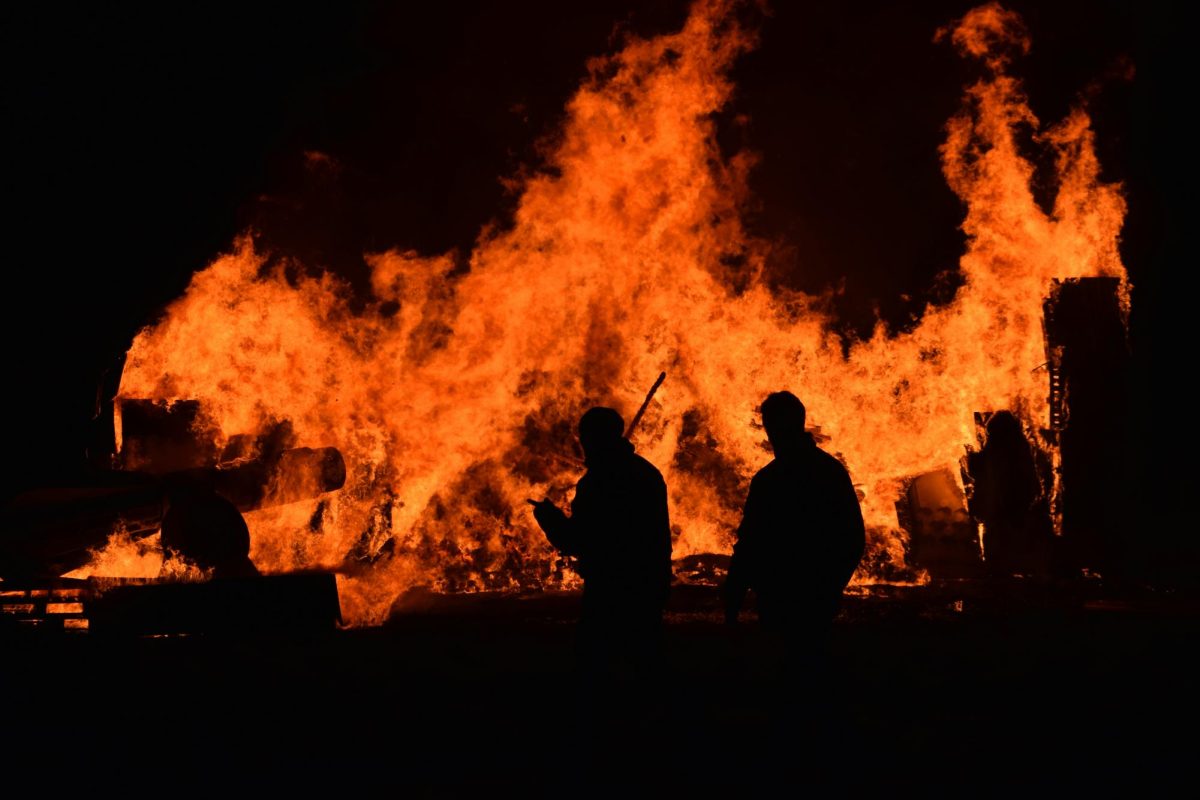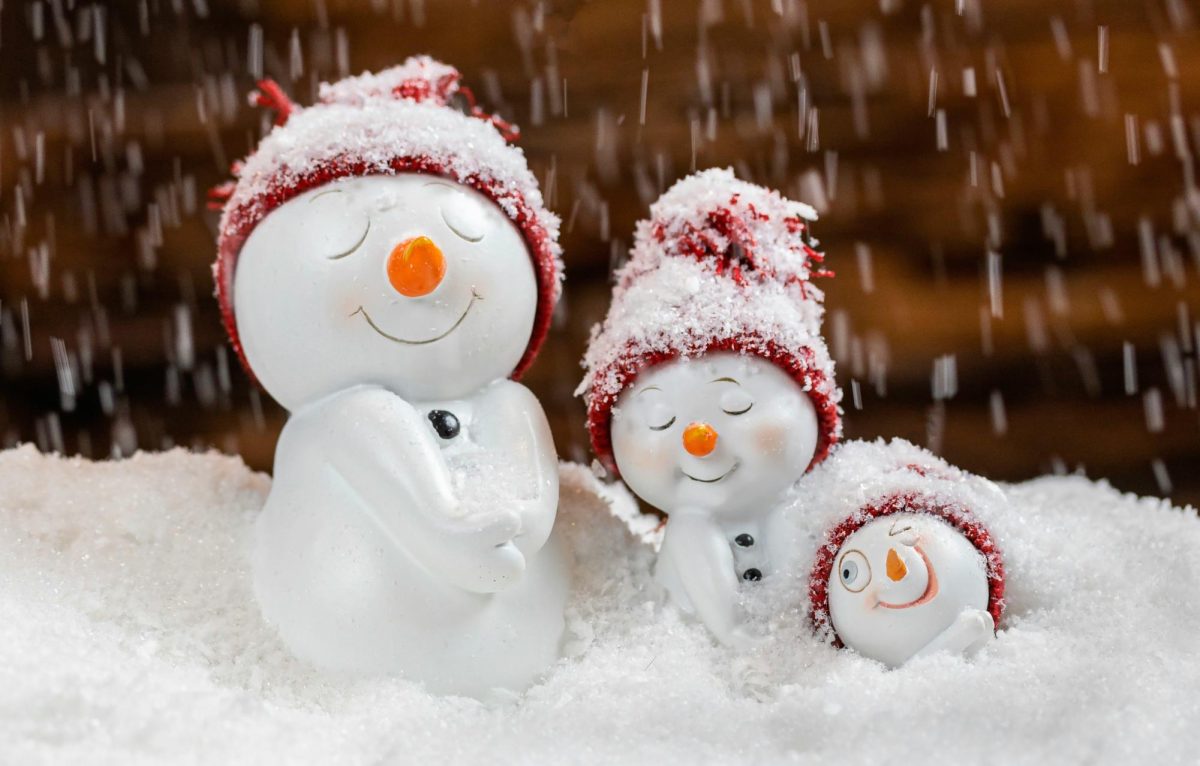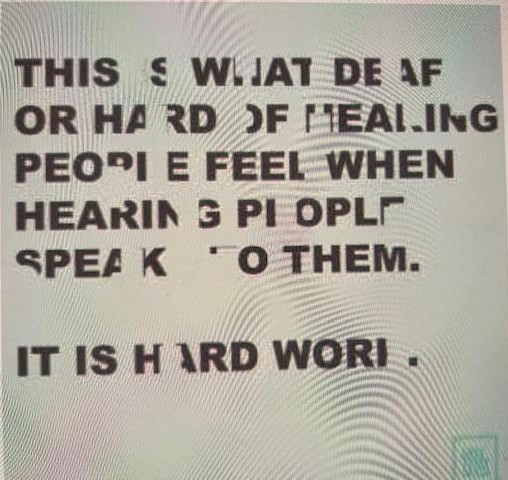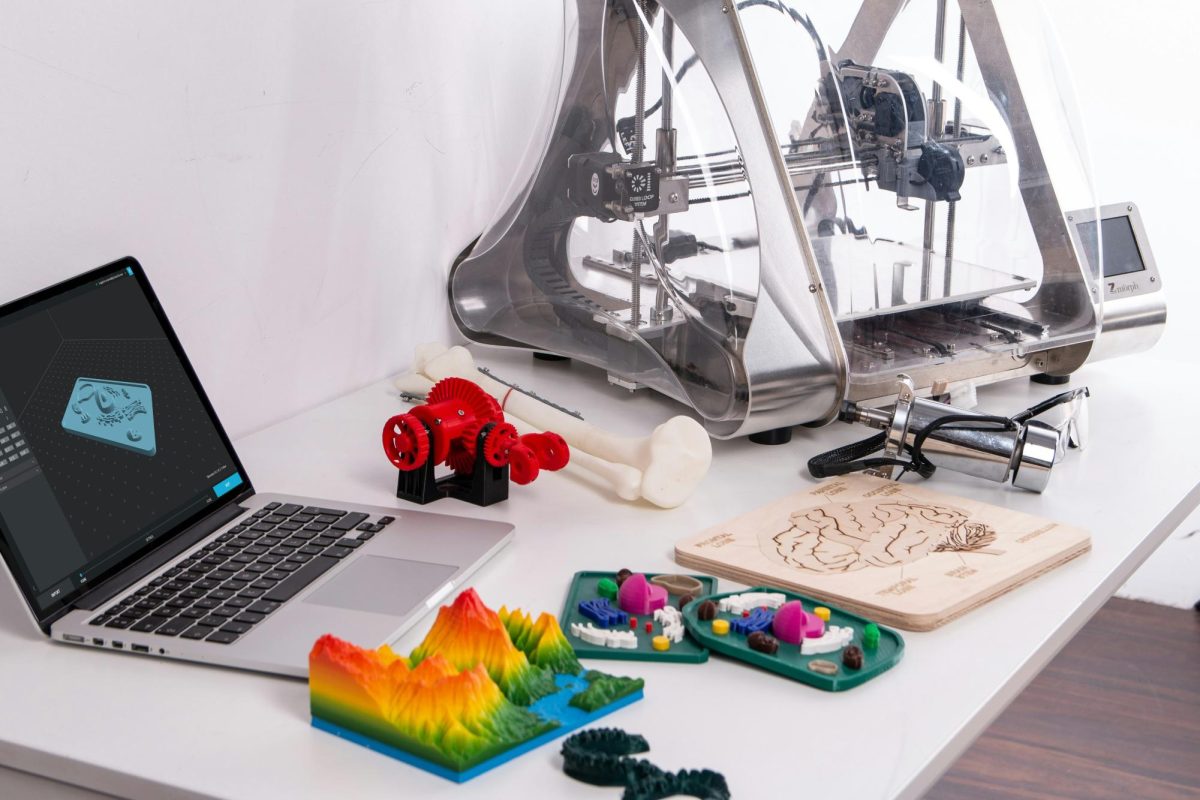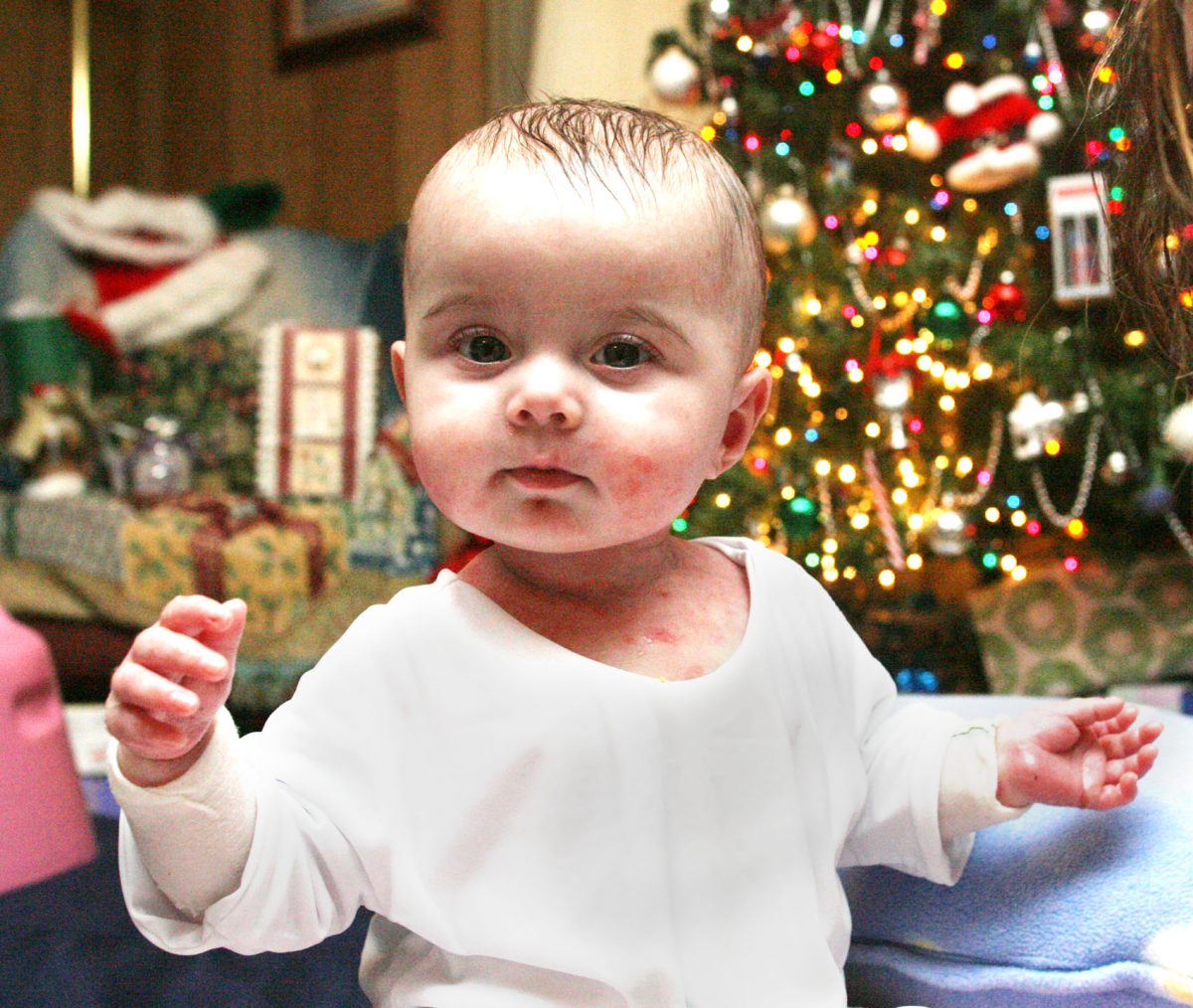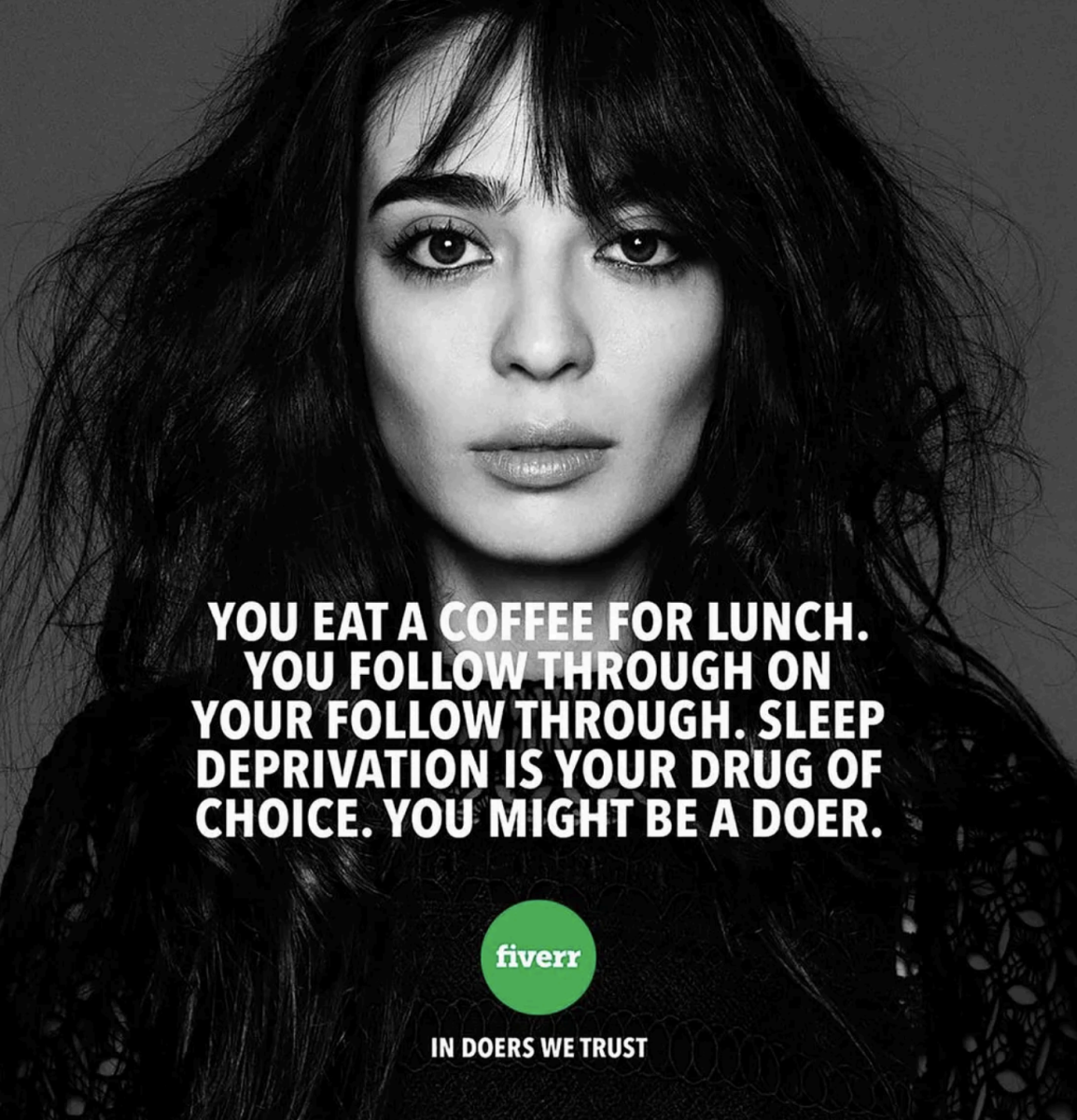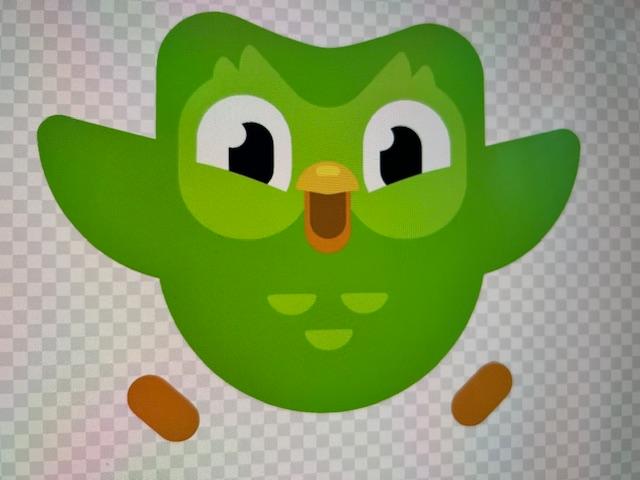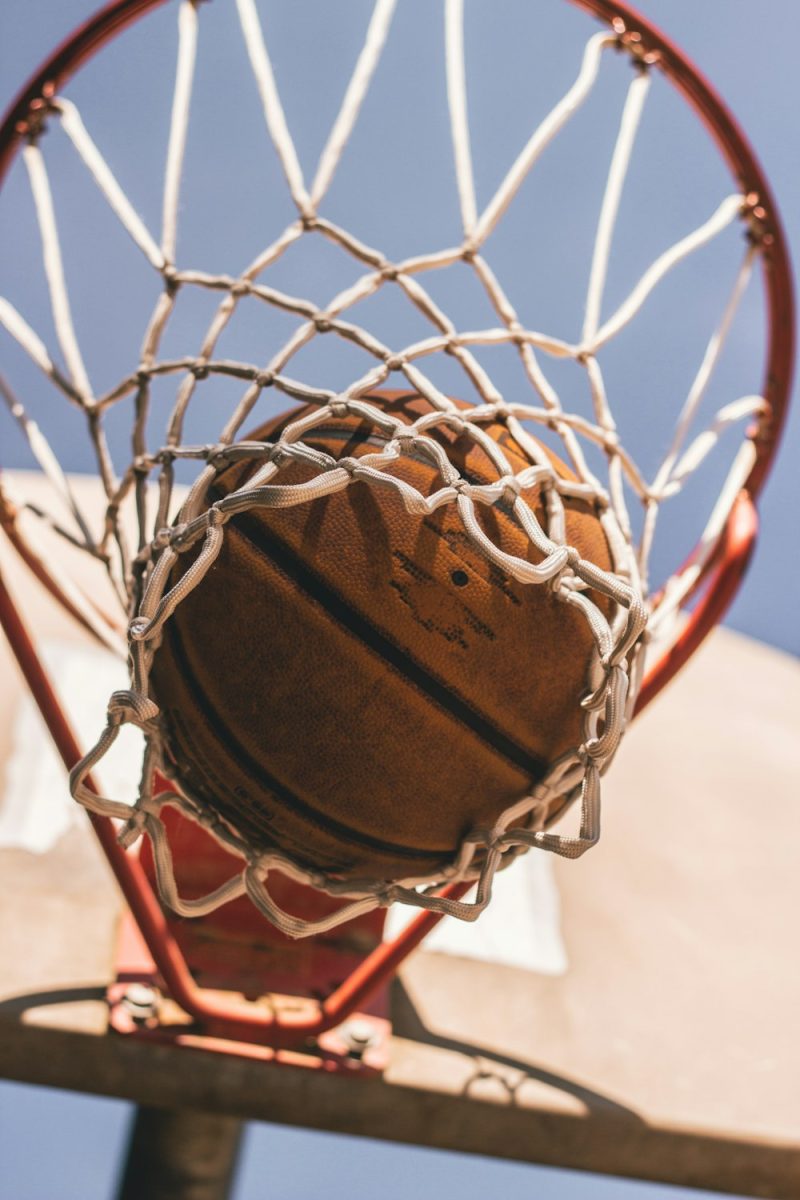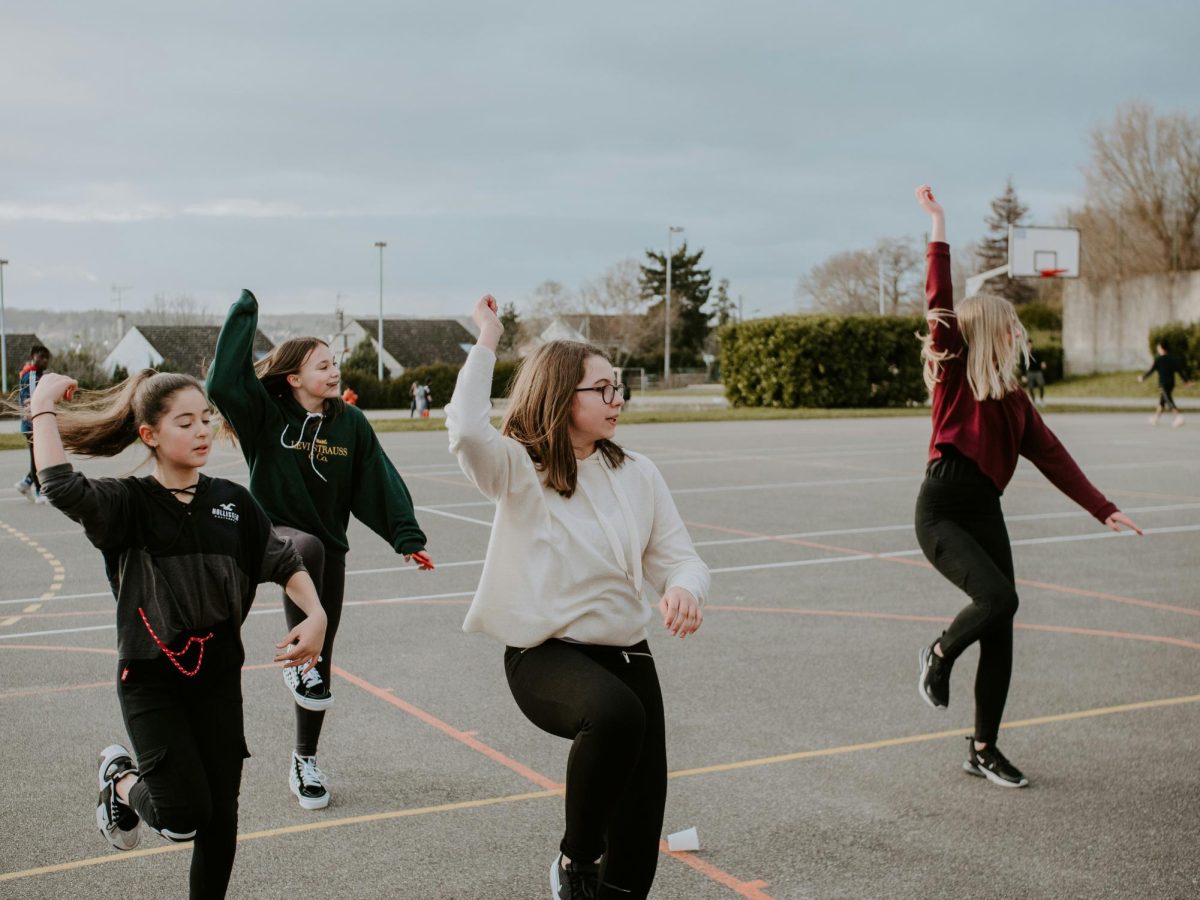Beauty standards are a set of values applied to the appearance of both men and women to be regarded as beautiful and handsome in order to rightly fit in the community. Over time these standards have changed and will continue to do so.
In the 1900-1960 we saw many people finding a thin body more attractive ever since Marilyn Monroe and her hourglass body. We have seen a change in the ideal body. In the 2000’s it was favored to have that American tan and skinny bellies. People would go to all lengths to get the body type seen as “ideal” or “perfect”. Now we see more diversity in body types and aesthetics.
Now we still see the need for flat stomachs, but we did see a change in the way our skin looks. Now instead of an American tan, we want healthier and clearer skin. It is seen as “ugly” or “not ideal” to have acne or heavier stomachs.
Beauty standards affect everyone differently depending on where you are from. In many Asian cultures, it is considered beautiful to have a pale complexion and a slim figure but in most American cultures they find a tan complexion and an hourglass figure more ideal. Even though these standards are very different from one another it doesn’t mean one is more beautiful than the other.
The perception of beauty can also be different depending on gender. Guys are more often indifferent when it comes to their looks. Dayton Smith says “If I want to look a certain way I’ll just go to the gym so I can get the body I want” but he also thinks that if you put hard work into getting the look you want you should be able to show it off without worrying about what others may think.
Nila Collazo values the way she looks and her style, which is a big part of her personality and many people feel the same way about their style or aesthetic.
A good example of beauty standards affecting girls and women in a negative way is the Barbie movie. In one of the seven she said “I’m not pretty anymore… I’m not stereotypical Barbie pretty”. She felt she was not good enough because she did not look a certain way and that is the way most girls are made to feel when they can’t live up to some beauty standards especially when they are set in place at a very young age.
Beauty standards affect everyone including people who can begin to feel insecure about it. People can see online influencers and see that someone else has this “ideal” body type, and this makes them feel bad about themselves. Many people can become insecure and overly obsessive about having this “perfect” body.
A lot of people wish they could have what they do not have. Freshman Sarah Ryan says “I would want curly brown hair, tan, brown eyes, and curvy”.
Many people also alter their bodies to make it “perfect”. Plastic surgery is used a lot for people who are insecure or concerned about having this “ideal” body. In contrast plastic surgery has been seen as a negative thing nowadays. “Plastic surgery eventually goes away and will leave you looking bad, and it’s a waste of time,” says sophomore Abby Kettlehut.
Nail Tech Danny Casillas says, “ I enjoy working on the younger generations because they are open to more creative ideas and are not afraid to switch things up but I see them taking others’ opinions into consideration way too often”. They are mostly influenced by trends going on rather than their own personal interest.
As we grow up we see beauty standards placed on us. A muscular physique is what most people consider “manly” but in recent times we have seen more women going to the gym and achieving a similar body and even entering in bodybuilding competitions. Men have also started showing a more feminine side and society is more open to them wearing the clothes they once found not “manly” enough.
People can also be very confident and go against beauty standards to make a statement about not being consumed into society’s grasp of negativity. Many people can decide to take hate about their bodies and turn it into something useful to make a change. Body styles change all of the time. The body positivity movement is a movement focused on the acceptance of all no matter what size, shape, color, or gender.
No matter the type of person, people have their own opinions about the body. Some seek out that “ideal” or “perfect” body type while others are fine with what they have, in the end, the styles of bodies change and will continue to do so.




